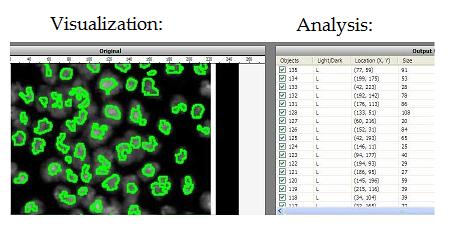TechCrunch finally realizes that image recognition has not been solved
A new post at TechCrunch just appeared: Image Recognition Problem Finally Solved: Let’s Pay People To Tag Photos. A new company apparently provides image recognition for photo tagging - but only with human help! That’s not surprising to me. What is interesting is the change of attitude at TechCrunch: “A trail of failed startups have tried to tackle the problem… Google has effectively thrown in the towel…” After so many enthusiastic articles about image recognition technology somebody finally saw the light. And so did the founder of Riya. For a much longer list of “failed startups” in this area try this article about visual image search engines.
P.S. When I tried to reply to their post with a two-sentence comment, it was rejected. How odd!
P.S.S. The TechCrunch post was about TagCow, now I see a very recent post (elsewhere) about Picollator. They claim they have a visual image search engine for faces. People will keep trying….
Digital discoveries
- Casinos Not On Gamstop
- Non Gamstop Casinos
- Casino Not On Gamstop
- Casino Not On Gamstop
- Non Gamstop Casinos UK
- Casino Sites Not On Gamstop
- Siti Non Aams
- Casino Online Non Aams
- Non Gamstop Casinos UK
- UK Casino Not On Gamstop
- Non Gamstop Casino UK
- UK Casinos Not On Gamstop
- UK Casino Not On Gamstop
- Non Gamstop Casino UK
- Non Gamstop Casinos
- Non Gamstop Casino Sites UK
- Best Non Gamstop Casinos
- Casino Sites Not On Gamstop
- Casino En Ligne Fiable
- UK Online Casinos Not On Gamstop
- Online Betting Sites UK
- Meilleur Site Casino En Ligne
- Migliori Casino Non Aams
- Best Non Gamstop Casino
- Crypto Casinos
- Casino En Ligne Belgique Liste
- Meilleur Site Casino En Ligne Belgique
- Bookmaker Non Aams
- онлайн казино с хорошей отдачей
- スマホ カジノ 稼ぐ
- Trang Web Cá độ Bóng đá Của Việt Nam
- Casino En Ligne France









 and it’ll go on a killing spree. Amazing
and it’ll go on a killing spree. Amazing 




